Deakin University Criminology Journal Article Summaries Report
VerifiedAdded on 2023/06/10
|5
|669
|212
Report
AI Summary
This report presents summaries of two peer-reviewed journal articles in criminology, as per the assignment brief. The first article, by White (2017), investigates corruption in the context of natural resource exploitation, focusing on Queensland ports, mining sites, and the Tasmanian forestry sector. It employs a qualitative research approach, drawing on journals, published research, and stakeholder interviews, highlighting instances of corruption in various sectors. The second article, by Masters and Graycar (2015), examines media reporting on corruption using quantitative data collected from print media, interviews, and questionnaires. The study reveals that media coverage on corruption is limited. Both summaries include the background, methods, findings, and conclusions of each article, fulfilling the requirement to analyze research methods and arguments. This report aims to provide a concise yet comprehensive overview of the selected journal articles, contributing to the understanding of corruption and its portrayal in media.
1 out of 5
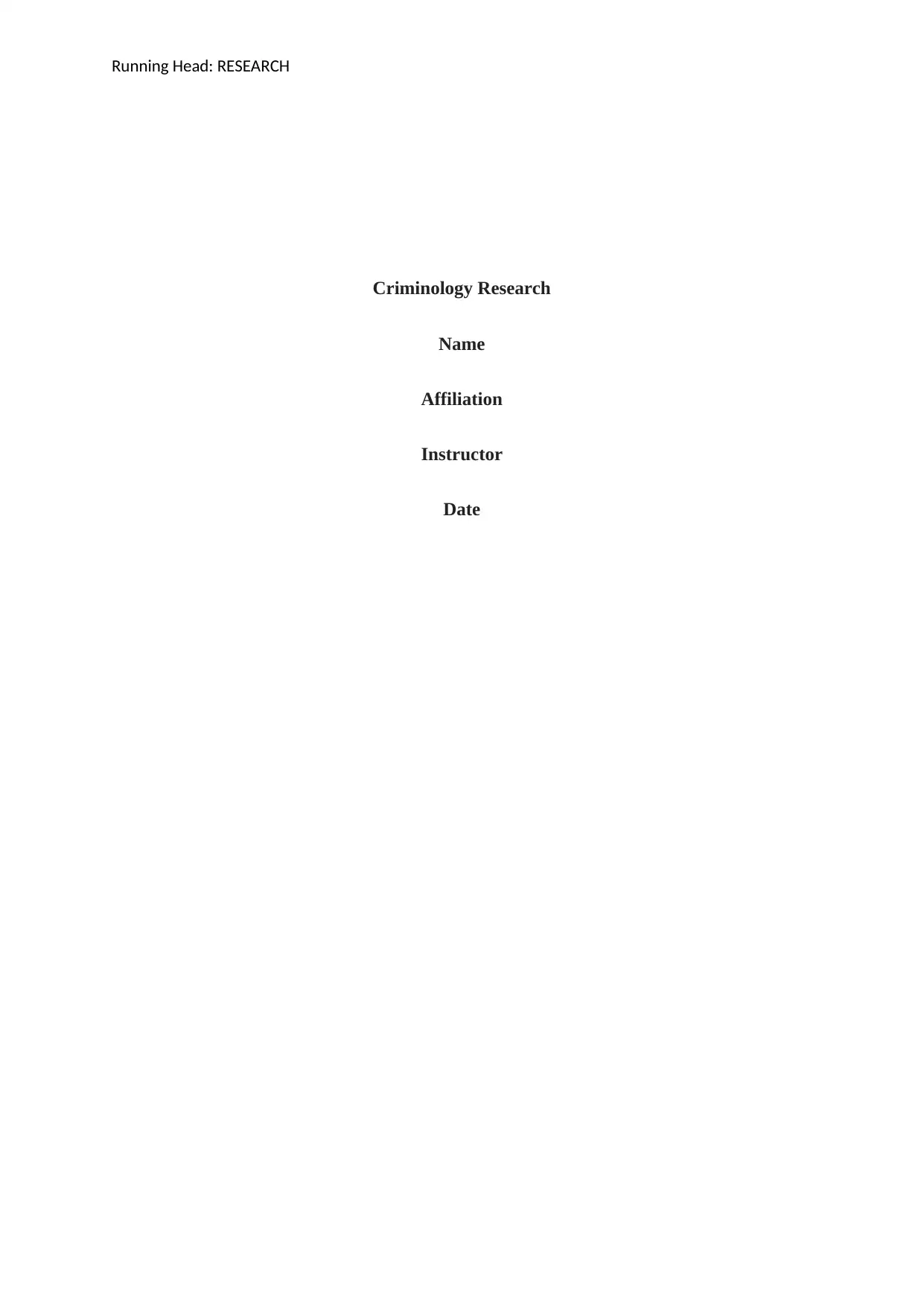
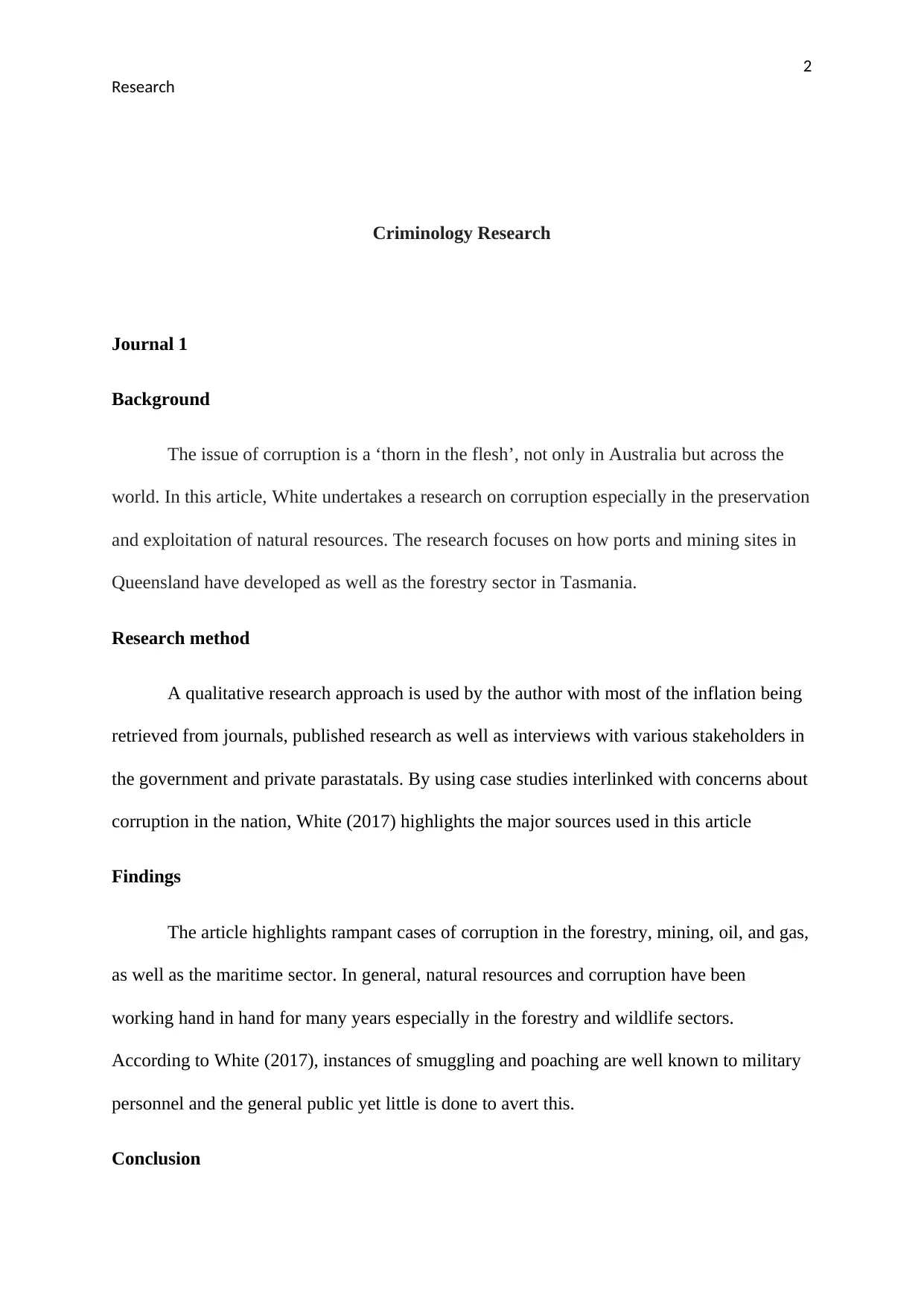
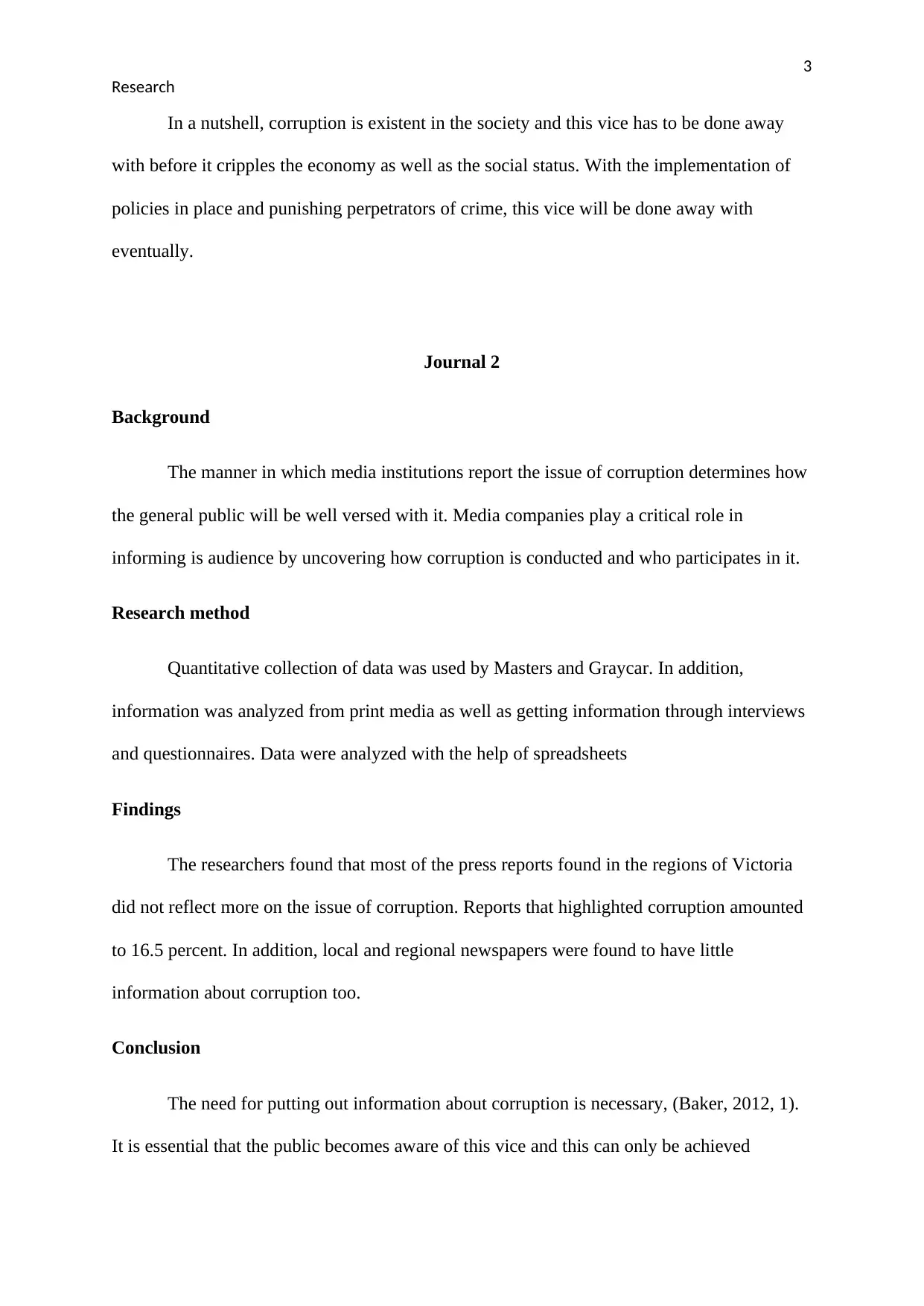

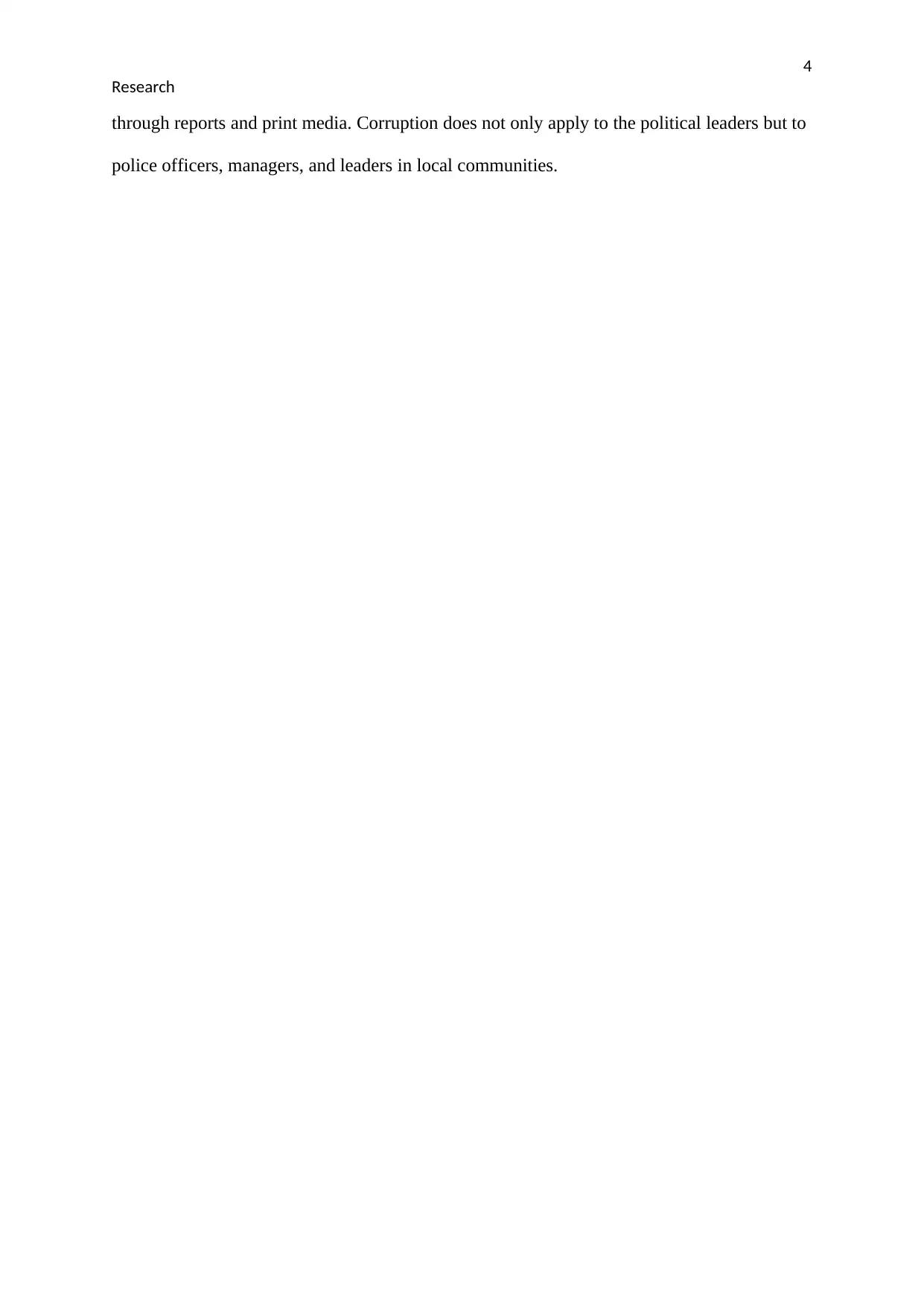
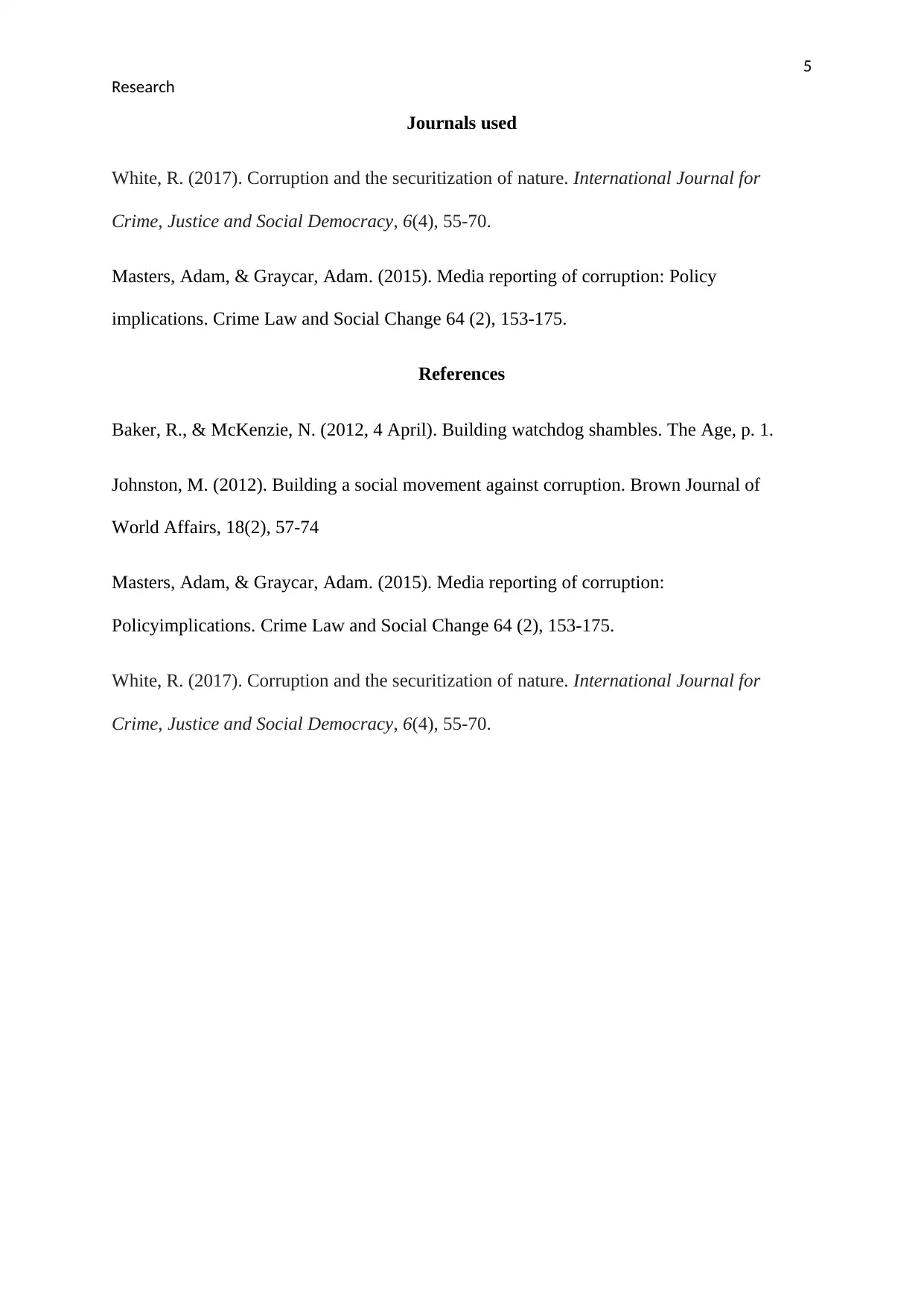
![[object Object]](/_next/static/media/star-bottom.7253800d.svg)